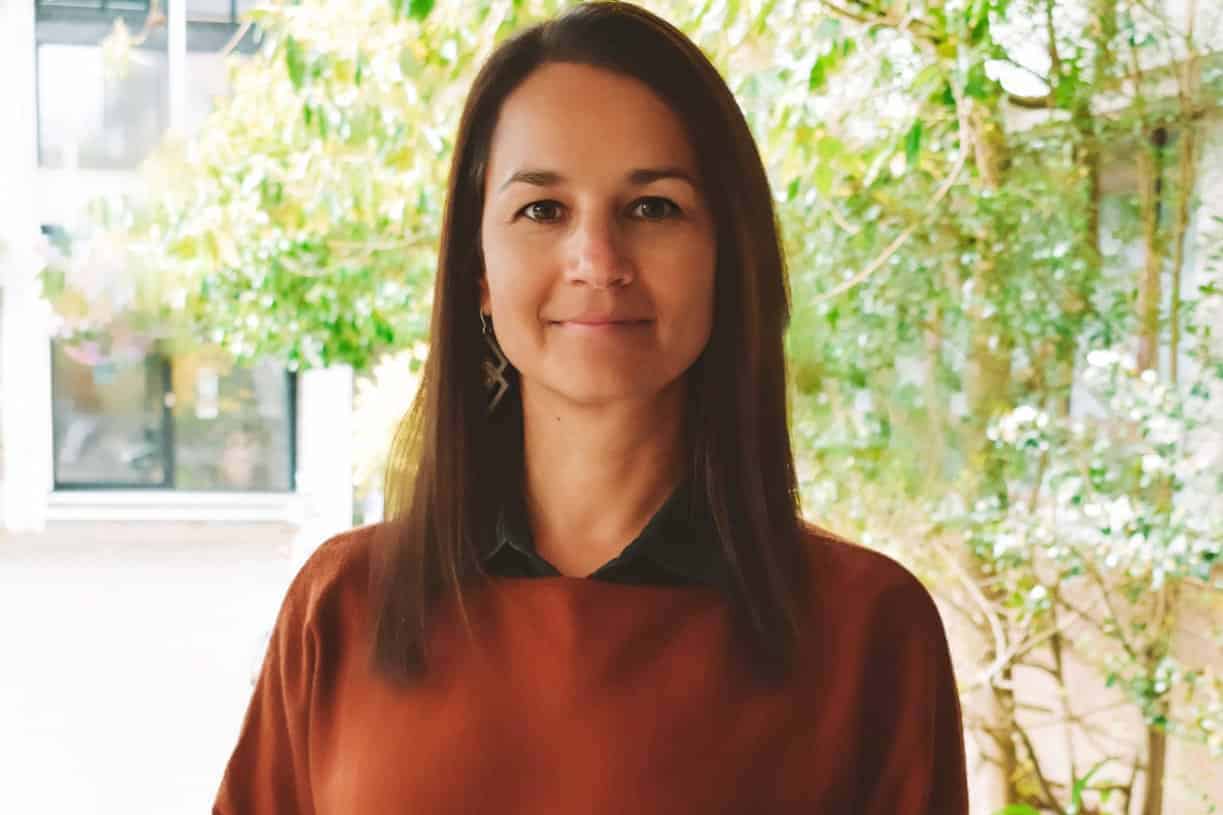What did you enjoy most about being the co-lead for Mobilising for Action?
It’s hard to choose a specific thing because there were many aspects of it that were enjoyable. If I had to choose one, it was really learning about kauri dieback and myrtle rust. My background is psychology rather than ecology and environmental science. It was interesting to work as the co-lead of a theme alongside someone who does have a background in environmental research. So that was enjoyable.
Being exposed to different ways of doing things and different ideas was also really enjoyable. I think one of the groups that stood out to me were the artists who are in our theme. In my everyday work in psychology, I don’t typically come across artists who work in an environmental space. Being around their energy and their innovation and their nudging of dominant narratives through the arts was inspiring.
What did you learn about the role that you didn’t expect?
I didn’t expect the kauri dieback and myrtle rust space to be quite so emotionally and politically charged. There is a lot of tension between different ideas about how to address kauri dieback and myrtle rust. I learned really quickly in my role that this can be a tense space.
I also didn’t expect to learn about the range of different interests in the area. When I joined as co-lead, I had a schema of what the space was about and who might be working in it. Then to learn that there’s this range of ways that people are trying to address these issues was really interesting and unexpected.
What research projects will you be working on within the research theme?
I’ll be continuing with He taonga kē te ngahere project, which is a kaupapa Māori designed project. In particular, we’ll be looking at understandings of myrtle rust from the perspectives of those who are considered to be experts in the area as well as Māori perspectives on that pathogen. Part of that will be working on educational materials.
I’m also part of a team who is looking at the significance of Māori gardening and how that connects to the forest. As we’ve explored this topic with the hapū, we’ve recognised that the forest is an integral part of the process and practice of gardening. When the forest becomes unwell, it makes it difficult to provide traditional fertilizers for the garden. If you can’t grow food, then people can’t eat. In many ways diseases that threaten the forest become a social justice issue, which isn’t immediately apparent.
Any well-wishes for the new co-lead?
Mark is an absolutely amazing guy with amazing work. His whole line of work is just really innovative. I think he’ll bring a new layer and take the co-leadership to a new level. I’m excited to see that unfold.
Congratulations to Tash on a job well done! Thank you for your valuable contribution to leading the theme and for your continued contributions to the research projects.
